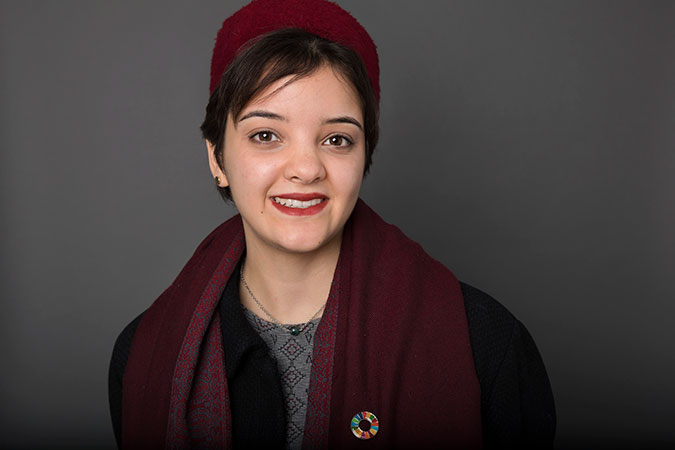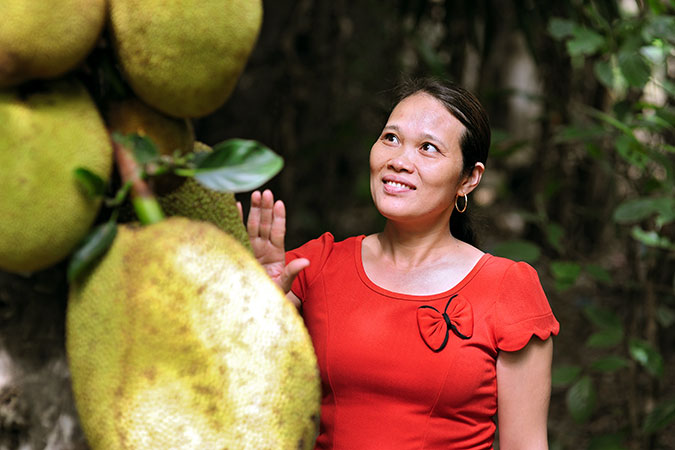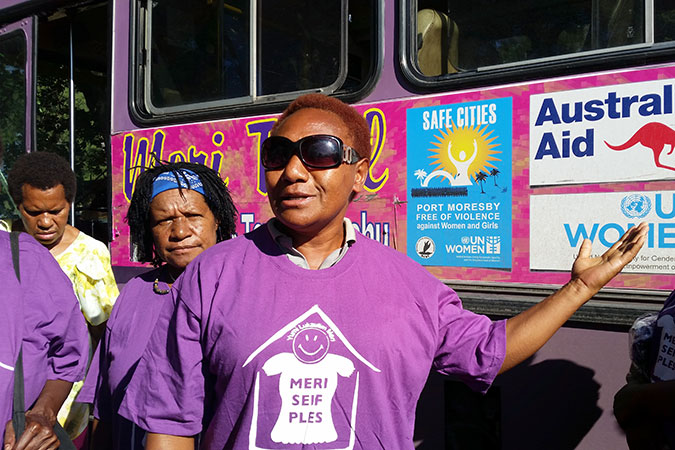SDG 11: Make cities and human settlements inclusive, safe, resilient and sustainable
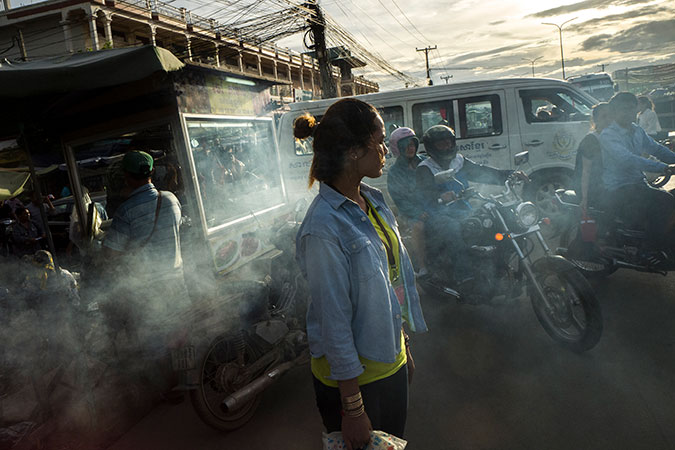
Targets
- By 2030, provide access to safe, affordable, accessible and sustainable transport systems for all, improving road safety, notably by expanding public transport, with special attention to the needs of those in vulnerable situations, women, children, persons with disabilities and older persons.
- By 2030, provide universal access to safe, inclusive and accessible, green and public spaces, in particular for women and children, older persons and persons with disabilities.
- By 2030, ensure access for all to adequate, safe and affordable housing and basic services and upgrade slums
- By 2030, enhance inclusive and sustainable urbanization and capacity for participatory, integrated and sustainable human settlement planning and management in all countries.
- Strengthen efforts to protect and safeguard the world’s cultural and natural heritage.
- By 2030, significantly reduce the number of deaths and the number of people affected and substantially decrease the direct economic losses relative to global gross domestic product caused by disasters, including water-related disasters, with a focus on protecting the poor and people in vulnerable situations.
- By 2030, reduce the adverse per capita environmental impact of cities, including by paying special attention to air quality and municipal and other waste management.
- Support positive economic, social and environmental links between urban, peri-urban and rural areas by strengthening national and regional development planning.
- By 2020, substantially increase the number of cities and human settlements adopting and implementing integrated policies and plans towards inclusion, resource efficiency, mitigation and adaptation to climate change, resilience to disasters, and develop and implement, in line with the Sendai Framework for Disaster Risk Reduction 2015–2030, holistic disaster risk management at all levels.
- Support least developed countries, including through financial and technical assistance, in building sustainable and resilient buildings utilizing local materials.
By 2030, a historic 60 per cent of people worldwide will likely live in cities. For women and girls, urban residency can open doors to more income, better work and increased independence. Yet many, particularly lower-income women, are far from experiencing their equal rights to all the benefits and opportunities that urban areas can offer.
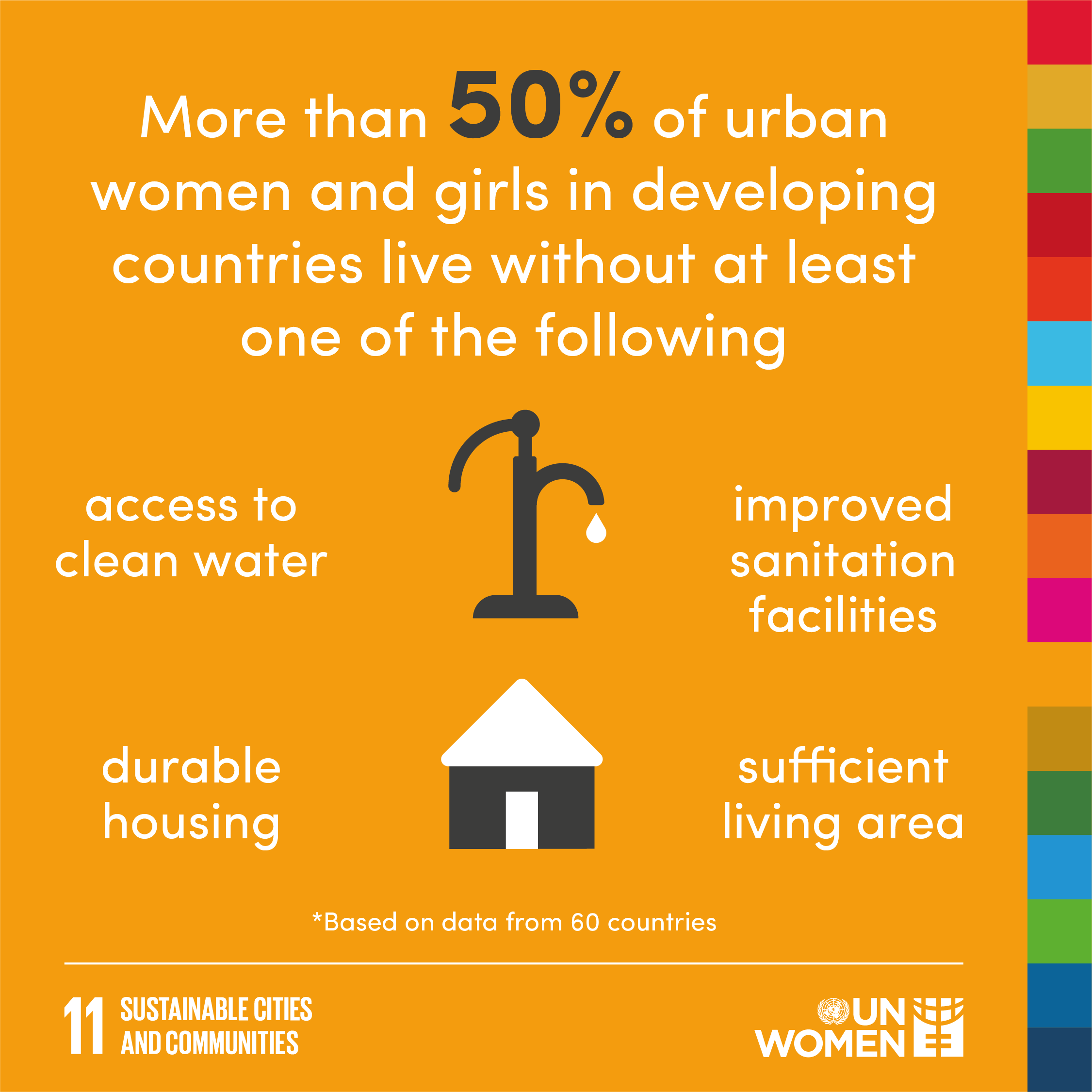
Urban spaces are not always safe for them, constraining their right to move about freely. They may face discrimination in employment or property ownership, and in services. A woman who cannot access the public transport she needs to reach medical care, for example, may face consequences including death or disability in giving birth.
Women who are poor and living in urban slums face particular challenges. In developing countries, more than half of urban women and girls lack at least one of the following: access to clean water, improved sanitation, durable housing and/or sufficient living area. Housing deficits impose extra burdens on women, who spend more time at home. Overcrowding and poor hygiene can make households vulnerable to illness, with women required to care for the sick.
UN Women acts to make urban public spaces safe and empowering for all women and girls. We support safety in urban development plans, gender-responsive local programmes, and investments in safe and economically viable public spaces. The Global Flagship Initiative “Safe Cities and Safe Public Spaces” generates innovative results through partnerships with local and national governments, women’s groups and other community actors.
Stories
From where I stand: “It would be a better world if women felt safe in public spaces”
Salma Belhassine, a 21-year-old activist from Tunisia is part of the Youth Leadership Pro-gramme, a joint initiative by UNDP and UN Women. Belhassine and four other university students are working to develop SafeNes, a mobile app to protect women from sexual harassment in public spaces.
In Viet Nam, women are leading disaster prevention and response
Women in Viet Nam are leading their communities in preparing for disasters to reduce negative impacts. When the Kien Giang river flooded, the damage to lives and livelihoods of the people of My Thuy commune was minimal, because of the preparations and adaptations made by “communicators”—local women leaders trained by a UN Women programme.
Making public transport safe for women and girls in Papua New Guinea
For women, getting on a bus in Port Moresby, Papua New Guinea, meant an almost guaranteed experience of violence. UN Women’s Safe Public Transport for Women and Children programme has provided a bus exclusively for women and children, with tracking systems and three uniformed bus crews. Being able to travel safely has also meant increased access to economic opportunities for women.
